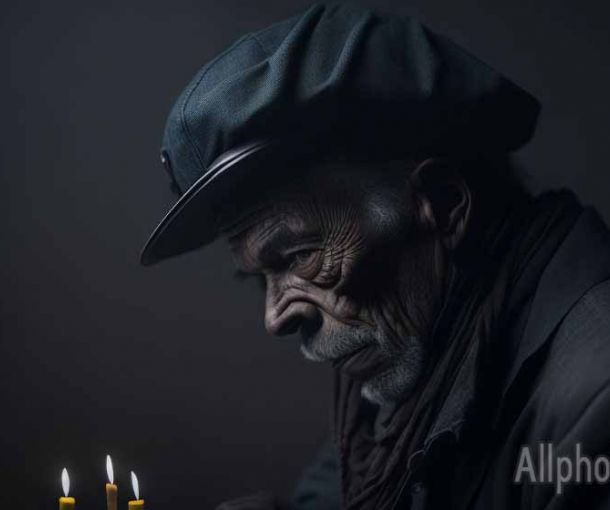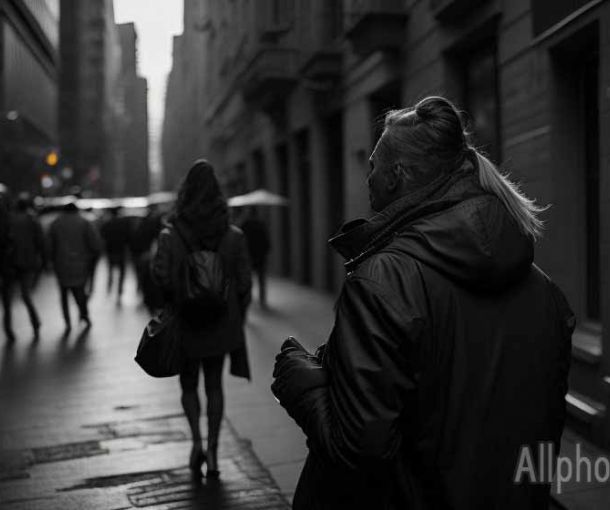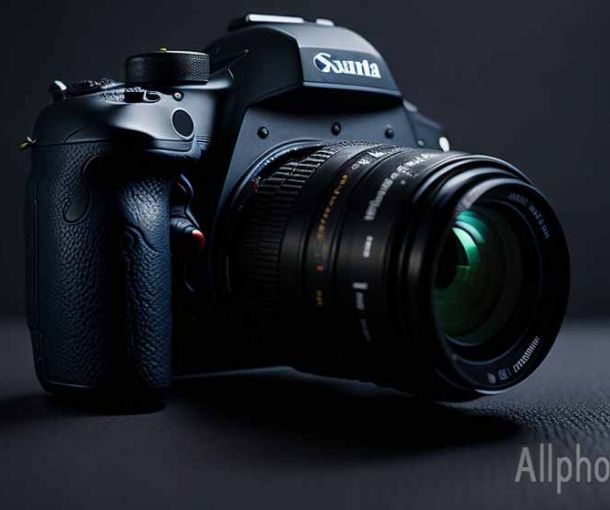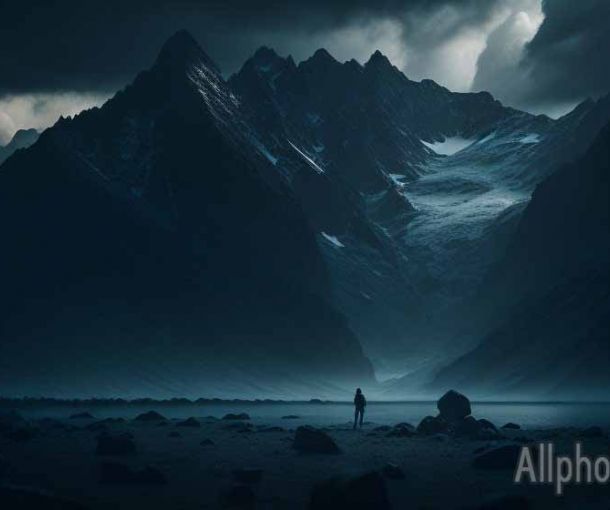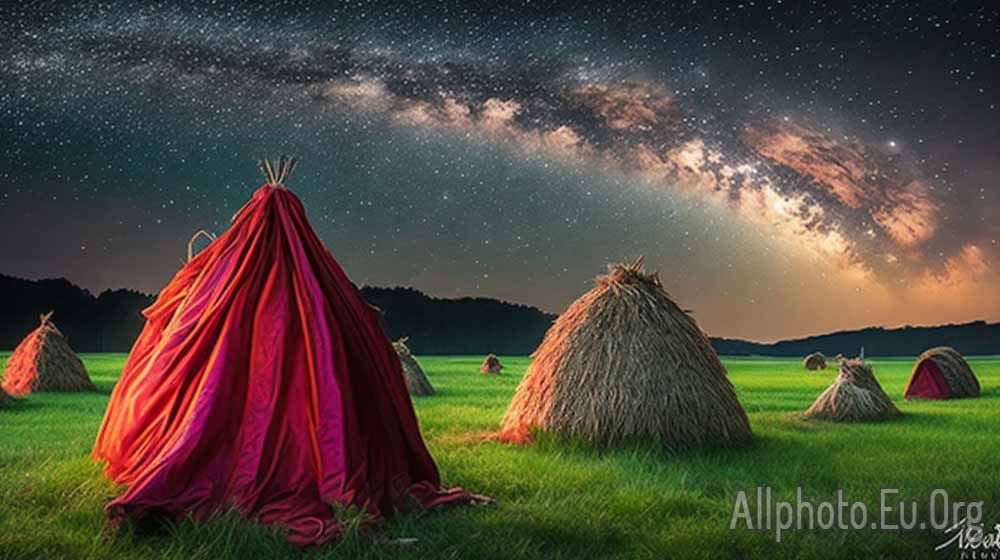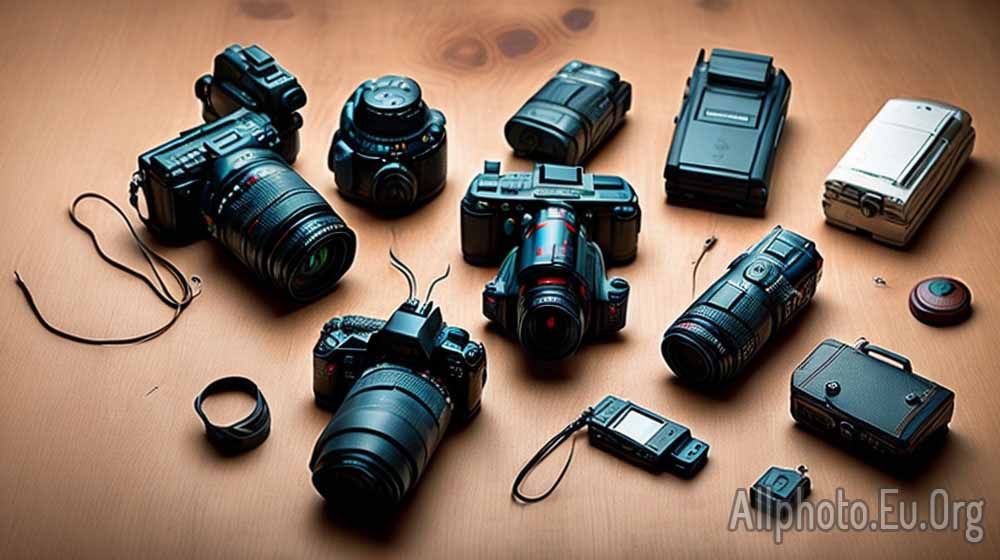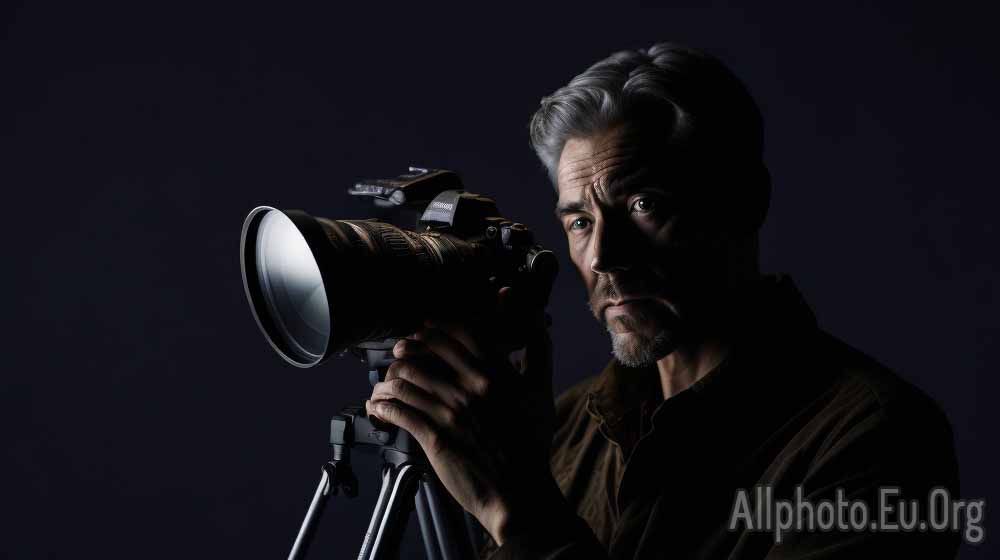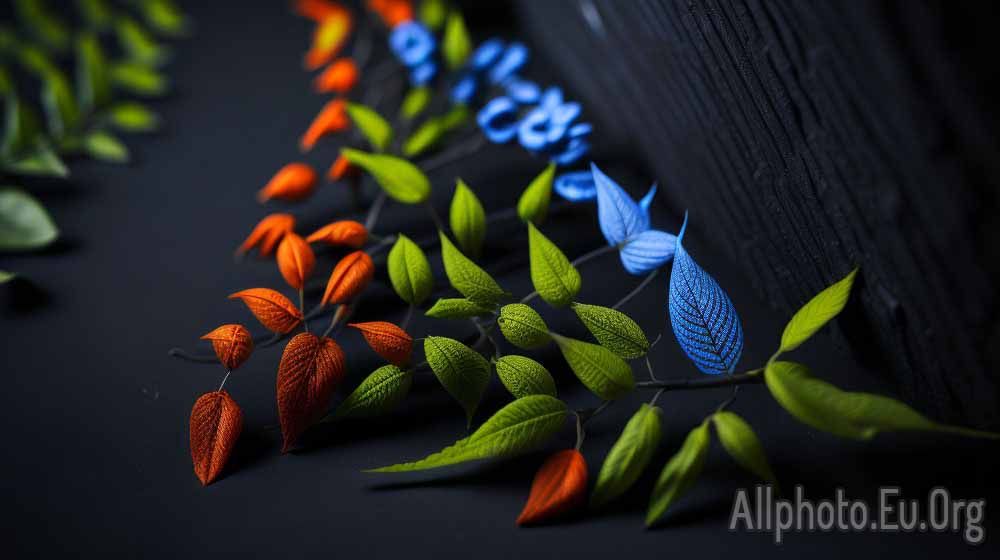The Importance of Composition in Photography: Creating Visual Interest
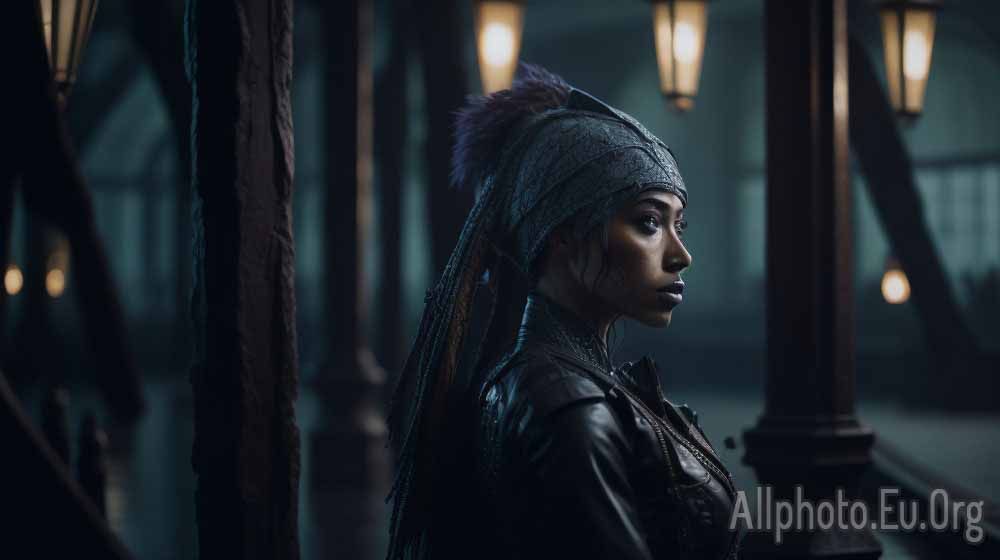
As a photographer, your goal is to capture images that are not only visually appealing but also able to convey a message or tell a story. Composition is a critical aspect of photography that can make or break an image. It involves the arrangement of elements within the frame to create a visually appealing and balanced image that draws the viewer's attention. In this article, we will discuss the importance of composition in photography and how you can create visual interest in your images.
What is Composition in Photography?
Composition refers to the arrangement of elements within a photograph. It includes the placement of the subject, the use of lines, colors, and shapes, as well as the use of negative space. A well-composed photograph should have a clear focal point and a balanced distribution of visual elements. The goal is to create a harmonious and visually appealing image that draws the viewer's attention.
Why is Composition Important in Photography?
Composition is essential in photography because it affects how the viewer perceives the image. A well-composed photograph can create an emotional connection with the viewer, convey a message, and tell a story. It can also make a mundane subject look interesting and captivating. On the other hand, a poorly composed photograph can be unappealing and uninteresting, even if the subject is compelling.
How to Create Visual Interest in Photography?
Creating visual interest in photography involves using various compositional techniques to draw the viewer's attention to the subject. Here are some of the most commonly used techniques:
Rule of Thirds
The rule of thirds is one of the most basic composition techniques in photography. It involves dividing the frame into three equal sections horizontally and vertically, creating a grid of nine boxes. The subject should be placed at the intersection of these lines, creating a visually balanced image that draws the viewer's attention. The rule of thirds is particularly useful when photographing landscapes, portraits, and still life.
Leading Lines
Leading lines are lines that guide the viewer's eye towards the subject. They can be straight or curved and can be created by natural or man-made elements such as roads, buildings, or trees. Leading lines can add depth and dimension to the image and create a sense of movement or direction. They are commonly used in architectural and landscape photography.
Symmetry
Symmetry involves creating a balanced and harmonious image by placing the subject in the center of the frame or dividing the frame into equal halves. It can be achieved through reflections, patterns, or repeating shapes. Symmetry can create a sense of order and stability in the image, making it visually appealing.
Color Contrast
Color contrast involves using complementary or contrasting colors to create visual interest in the image. Complementary colors are opposite each other on the color wheel, such as red and green, while contrasting colors are next to each other, such as blue and yellow. Color contrast can create a bold and striking image that draws the viewer's attention.
Negative Space
Negative space is the area around the subject that is not occupied by any visual elements. It can be used to create a sense of isolation, emptiness, or simplicity. Negative space can also emphasize the subject by creating a contrast between the subject and the background. It is commonly used in minimalist and abstract photography.
Conclusion
In conclusion, composition is a critical aspect of photography that can make or break an image. A well-composed photograph can create an emotional connection with the viewer, convey a message, and tell a story. It involves the arrangement of elements within the frame to create a visually appealing and balanced image that draws the viewer's attention. By using compositional techniques such as the rule of thirds, leading lines, symmetry, color contrast, and negative space, you can create visual interest in your images and make them stand out. As a photographer, it is essential to understand the importance of composition and the various techniques you can use to create visually appealing images.
Remember that composition is not a one-size-fits-all approach. It can vary depending on the subject, the mood you want to convey, and the message you want to communicate. Experiment with different compositional techniques, and don't be afraid to break the rules once in a while to create a unique and captivating image.
Finally, keep in mind that composition is just one aspect of photography. Other elements such as lighting, exposure, and post-processing also play a significant role in creating stunning images. But by mastering the art of composition, you can take your photography to the next level and create images that are not only visually appealing but also emotionally engaging.
In summary, the importance of composition in photography cannot be overstated. It is a critical aspect that can make or break an image. By using various compositional techniques such as the rule of thirds, leading lines, symmetry, color contrast, and negative space, you can create visual interest in your images and make them stand out. Remember to experiment, be creative, and most importantly, have fun with your photography!
Tags
Latest Articles
Most Read
All Tags
Subscribe
Donate
Please consider supporting our efforts.
© 2023 All-Photo.Cf All rights reserved.
